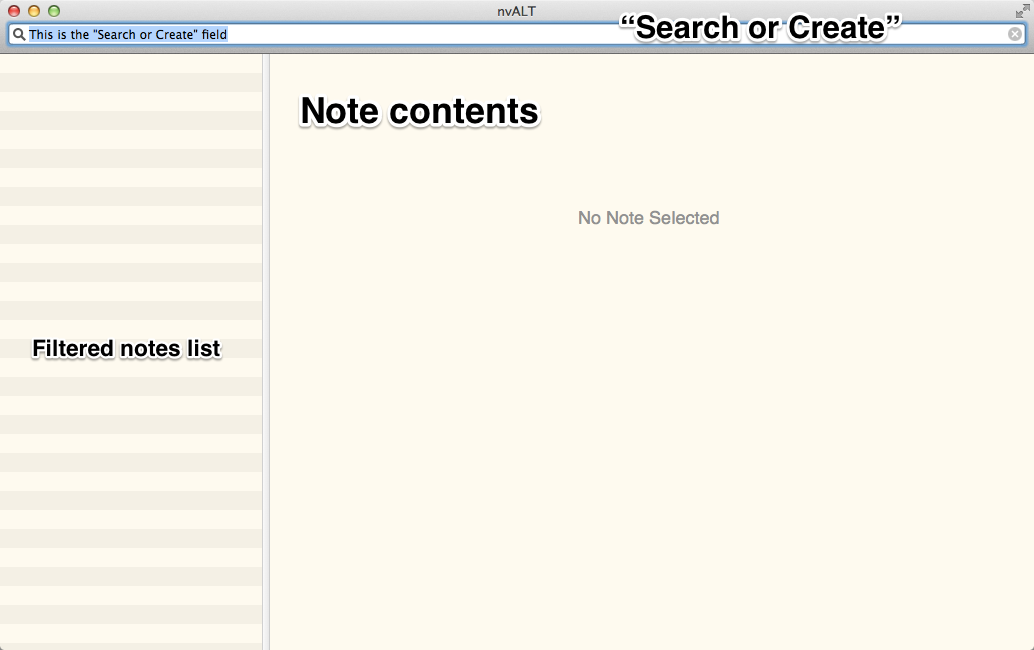

Gordon describes a writing process that is “highly multimodal and embodied,” that relies on “digital notes, handwritten notes, color, and visuals, as well as the inanimate objects that surrounds herself with during a writing session” ( “A Writing Session”). In her video for “On Multimodal Composing,” Layne M. The videos in “On Multimodal Composing” show a breadth of approaches to writing, with writers moving across technologies and through physical spaces. For example, in “ On Multimodal Composing,” Sara Alvarez and her colleagues (2017) ask “What does computing look like in and across digital, networked spaces and the physical spaces our bodies inhabit as we compose?” ( “Composing”). Research in the field of Writing Studies 1 has excelled at capturing these many idiosyncratic approaches to writing. Here, for example, we see Post-it notes hanging from a computer monitor, more Post-its on the desk, a notebook, a keyboard, two pens, and headphones-not to mention whatever might be running on the computer. While looking at stock and Creative Commons photos for this project, we were struck by the many varying displays of mediating technologies.
And the student will draw on this practice for the next seminar paper, the next writing task, and so on-creating a routine, a personal and habitual approach to writing technologies and writing tasks. The above-mentioned student will find an ad hoc and idiosyncratic way to complete her project based on a mix of prior experience, personal needs, the technologies at hand, affective preferences, and the artifact to be delivered (among many other factors).

Soon she realizes it’s time to start writing, so she arranges her notes in piles, makes a few different document files-one titled “Draft,” one titled “Outline,” and one titled “References”-and gets to work.Īs teachers of graduate students (and, of course, once being graduate students ourselves), we’ve seen many variations of this approach to writing. While doing all of this, she keeps track of her thoughts in a Moleskine notebook, developing the first threads of a paper topic.
#NVALT ZAPIER SOFTWARE#
She also works with PDFs and other digital texts, which she highlights using annotation software on her tablet computer. When they arrive, she reads them carefully, underlining important passages and making marginal notes. A couple of frequently cited books spark her interest, and they’re related to a possible dissertation idea, so she orders them. Later, she’ll type the flagged passages and store them in a note-taking application. She then reads, attaching Post-it flags to pages, using a color scheme to mark the most important points and references she’d like to further explore. She checks out books from the library, which she can’t write in, so on the way home she picks up a set of Post-it notes and flags. Here’s a common writing situation: A graduate student is tasked with writing a seminar paper. First, A Narrative about Mediated Practice


 0 kommentar(er)
0 kommentar(er)
